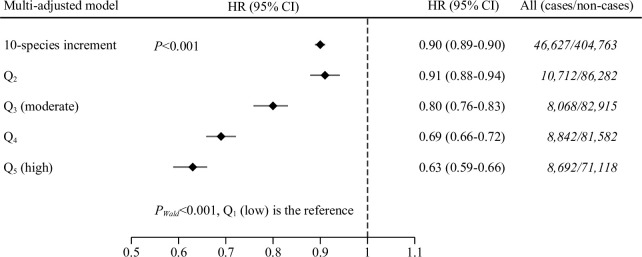Fig 2. Inverse association between higher DSR per year and total mortality rate in the EPIC cohort, 1992 to 2014.
Multiadjusted models were stratified for center, age at recruitment (1-year intervals, timescale), and sex and adjusted for baseline alcohol intake (g/day), physical activity (Cambridge index: active; moderately active; moderately inactive; inactive; missing), marital status (single, divorced, separated, or widowed; married or living together; unknown), smoking status and intensity of smoking (current, 1 to 15 cigarettes/day; current, 16 to 25 cigarettes/day; current, 26+ cigarettes/day; current, pipe/cigar/occasional; current/former, missing; former, quit 11 to 20 years; former, quit 20+ years; former, quit ≤10 years; never; unknown), educational level [longer education (including university degree, technical or professional school); secondary school; primary school completed; not specified], baseline energy intake (kcal/day), baseline fiber intake (g/day), baseline red and processed meat consumption (g/day), and an 18-point Mediterranean diet score [49]. P-values remained statistically significant after adjustment for multiple testing using the Benjamini–Hochberg method. CI, confidence interval; DSR, dietary species richness; EPIC, European Prospective Investigation into Cancer and Nutrition; HR, hazard ratio; Q, quintile.

